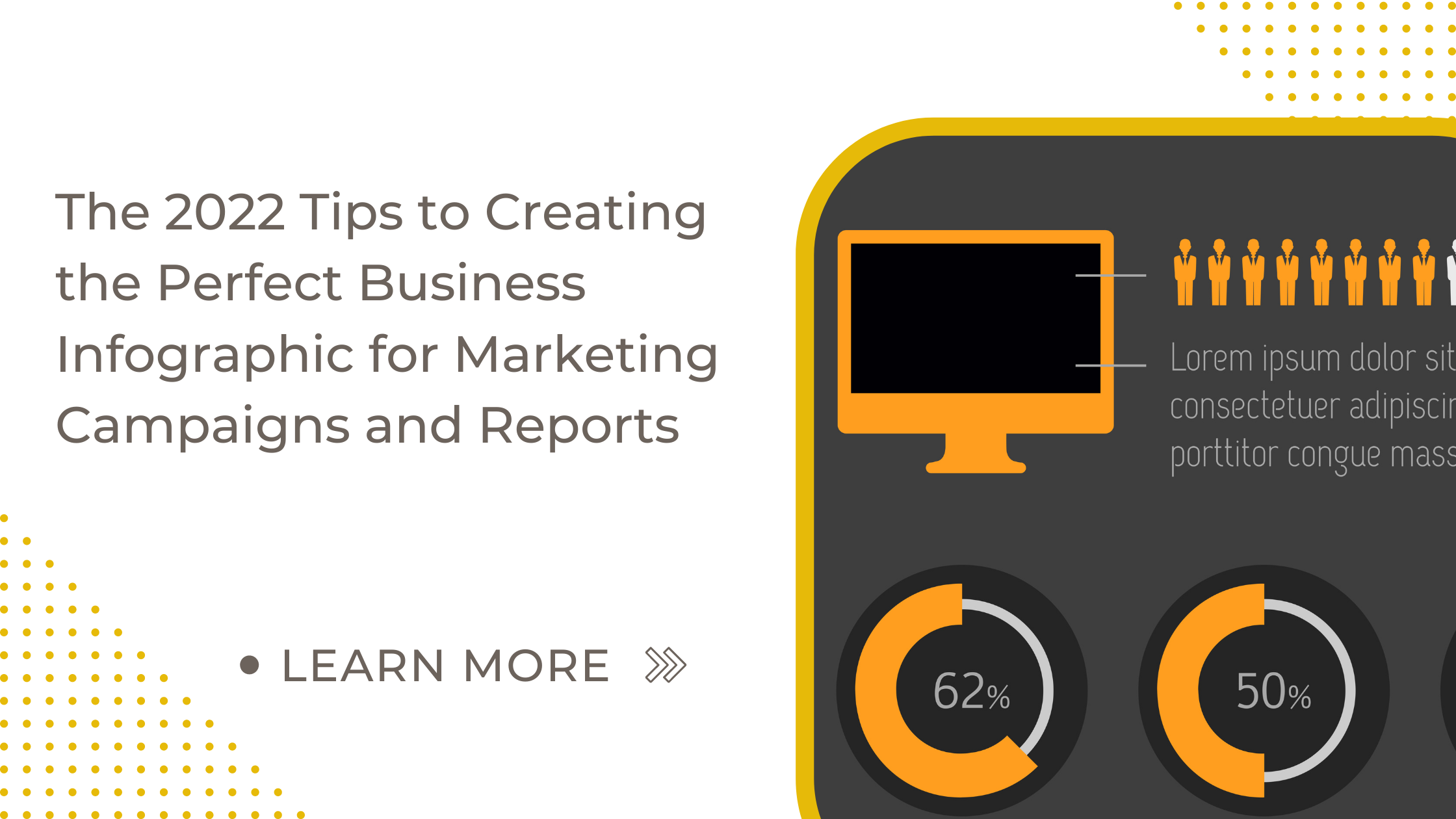Infographics are considered the primary weapon of choice for digital marketing purposes. Men are visual creatures by nature. We tend to learn as well as explain best through information that’s presented in a visual format.
Modern infographics are a little different than that of their predecessors. With the incorporation of advanced technology, even 3D animated infographics have become possible these days. But the fundamentals remain the same.
The combination of data presentation along with visual storytelling remains the key behind the popularity of infographics. So how can you design the perfect infographic? Let’s go through a few proven steps as recommended by a professional web design company in Colombia.

- Let your data tell the story
If you want your data to tell something like a story, it has to possess three significant characteristics.
- It must be compelling.
- It should be competent.
- If possible, it should be controversial.
Combine all the three in an infographic and the see the engagement curve rising high and sometimes it can even get off the charts. Just don’t be bland in your approach. Make your visual data interactive enough.
N.B.: Your data must be sourced from credible sources.
- Determine your target audience

Knowing your audience is considered a significant factor in determining the purpose of your infographic.
Say for example, your audience has a passion for football and you present them with an infographic based on “Donald Trump’s rise to presidency” to them. Do you think it’ll work? No!
To succeed you have to research your audience, their interests, the needs of your client and then select the topic. It might look a little difficult at the start but once you get the hang of it, you’ll be able to tick all the categories in a jiffy.
- Your infographic narrative must be engaging
Remember that your narrative’s as good as your capability to empathize with the readers. So you must take three things in consideration before designing an engaging narrative.
- a) Bear in mind as to who your readers are and also take their geographical locations in consideration.
- b) Know about the beliefs they will probably have about the infographic topic of your choice.
- c) Also try and guess the things that your readers probably know about the topic of your choice. If you can omit the known things and put more stress on the unknown extraordinary things in your infographic information and visualization, you will strike gold for sure.
Design an engaging narrative as if you are telling a story through graphics and pictures. You’ll definitely reap the benefits.
- Focus particularly on the structure of your infographic first
Some key things that you should consider on the structure are:
- The amount of data present (Too much or too little?)
- Categorization of data.
- Infographic medium (static, animated or interactive).
- Dimensions.
A good infographic structure:
- Has clarity.
- Helps in comprehensibility.
- Reveals data trends.
- Highlights important findings.
A poor infographic structure:
- Obscures facts.
- Masks data.
- Is incomprehensible.
- Practice wire framing at the start

This is the early stage where the designer’s focus resides solely on the material free from any forms of complicated visualizations ranging from fonts to colors.
Working with a set of basic shapes coupled with a limited color palette, designers can practice wire framing where they can focus solely on the data. It gives them the apt time to explore several other options.
- Select the perfect tool for your design
You will have an arsenal of tools at your hand for the job such as pie charts, bar charts, line charts, area charts etc. What should you use?
Knowing what to use as per situation is the most effective ways of designing an infographic. It’s not a matter of good looks to be honest. Depending on the choice of your tool, the comprehensibility of your data ranges in terms of difficulty.
- Choose a unique visual approach

Your visual approach must be based on two things.
You have to let the data do the talking on one hand and on the other, you have to create stunning artworks from your data itself that are relevant by using various colors, shapes and neat typography.
Your creativity is everything at this stage. Be as creative as possible to stand out from the crowd.
So that’s basically it I guess. Combine the techniques above and you’ll see the improvements with your very own eyes.




